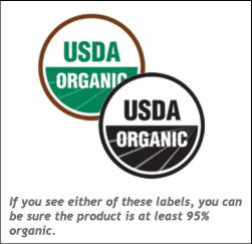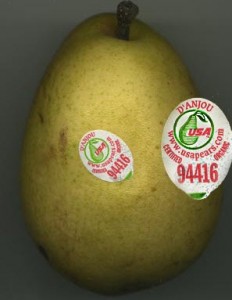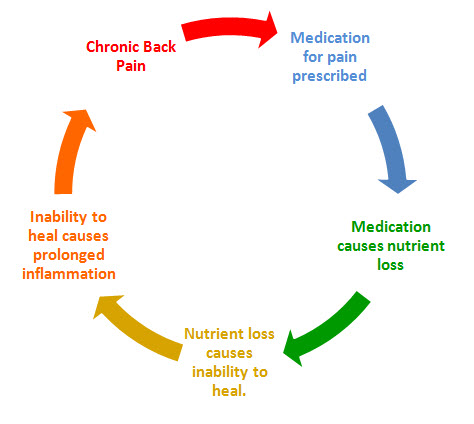Buying organic food is becoming increasingly popular due to the health benefits and promotion of agriculture sustainability. But how do you identify what is vs. what is not organic?

Identifying Organic Foods –
Single item foods such as fruits and vegetables must be labeled with the official USDA organic label sticker. You can also find this sticker on single item packaged foods such as eggs and meat.
Many packaged foods have multiple ingredients. So how can you be sure that all of the ingredients are actually organic?
The USDA label means that the food is at least 95% organic. To ensure total organic status and differentiate between 95% and 100% , the label will read 100% organic only on products that do not have other non organic ingredients.
Foods packaging that reads – “Made with organic ingredients” must contain only 70-94% organic ingredients. The label may list up to three of these ingredients on the front of the packaging.
Conventional (Non organic) Vs. Organic
Read the produce stickers –
Most fruits and vegetables sold in the grocery store will contain a sticker with numbers on it. An easy way to identify organic vs. non-organic produce is to read these labels.
| Conventional | Organic | Genetically Modified (GMO) |
| 4 digit number | 5 digits starting with a 9 | 5 digits starting with an 8 |
| Example: pear -4416 | Example: pear – 94416 | Example: pear – 84416 |















